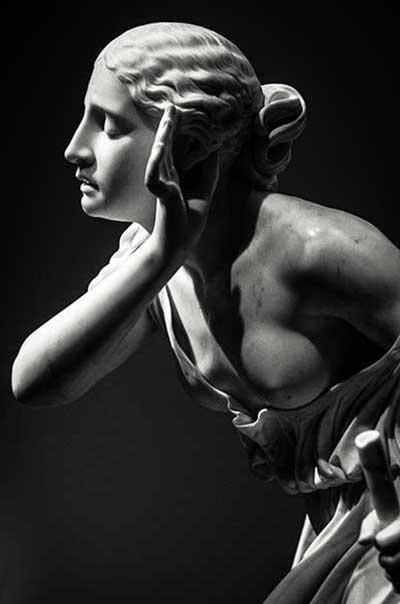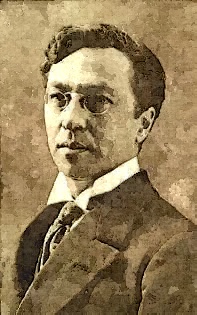
Licence Artwork:
Public domain
What was Kandinsky meant by point line, and plane?
What was Kandinsky meant by point line and plane? He analyzed the geometrical elements in his influential book with the same title. Kandinsky had exceptional art and exceptional character. Studying the personal life of Wassily Kandinsky is fascinating, just much as exploring his artwork. Before considering him as an artist, he was a genius, multi-talented person with several abilities and high outstanding expertise.
Wassily Kandinsky was born in a family with an aristocratic background. He was a jurist, writer, art theorist, academic lecturer, musician, and painter. Later, he became the founder of the Blue Riders’ art movement and selected as the president of European art associations.
Perhaps among the modern art painters, like Kandinsky, none became involved with various aspects of life and didn’t deal with multiplicities and diversities as he did. He emigrated a lot. At the age of 30, he left Russia for Munich, returned to Russia about seven years later, re-emigrated again and stayed in Germany for ten years. When the German government prevented his activities, he left Germany and settled in France for the last period of his life.
Now you can imagine how much these relocations and changes affected his life. Let me give you more examples of this painter life’s instability. Kandinsky had two Russian marriages and a relationship between those married periods with Gabriele Münter, the German avant-garde artist. Furthermore, many significant historical, social transformations took place in his artistic life. He experienced the Soviet Revolution and World War I, which affected his artistic career by substantial political impact. Over and above, one of his rare characteristics is that he attained high degrees in both East and West academic professions despite cultural differences.
Nevertheless, isn’t it troublesome for a human being to endure all these transformations and still, at the same time, to be able to create artwork? However, Kandinsky was highly alerted at the heart of those events. He preserved not only his artistic identity but improved his human personality significantly.
Kandinsky’s Points, Lines & Surfaces
Kandinsky reviewed the elements of visual art and analyzed lines, points, and surfaces. Based on his theories, the point in art has no geometrical definition but is an effect of color on canvas created by the artist. Lines, for him, were the result of a force applied in one direction. He crossed the inquiring path to explore their rules and arrangements from points to lines and from lines to surfaces. For him, the angle was caused by forces operating in two directions. He also offered his theory about waves and curves, horizontal, vertical, and diagonal lines, and finally, he reached the BP. The so-called BP, “basic plane,” or canvas, was for him as a living being believed and felt by the artist. [1]
He comprehended that warmth is oriented towards yellow and coldness was directed to blue and believed that yellow and blue are dynamically different. He assumed that yellow, with an eccentric movement, offensively comes closer to us, and blue has a concentric movement and calmly gets away from us. [2] For him, clarity tended to be white, and obscurity focused on black. He argued that white and black, like blue and yellow, contradict each other. While white with prospects is absolute silence, black is associated with mourning and sadness.
Kandinsky’s efforts to explain the outcome of colors are focused on the soul and the internal elegance, all in a non-figurative form of art, and it is not a surprise that he is one of the great pioneers of abstract art.
Get more information on this overview page.
Text: Lalerou
© Copyright. All Rights Reserved
1- Kandinsky, W. (2012). Point and Line to Plane. Courier Corporation.
2- Maslova-Levin, E. (2015, July 10). Kandinsky on the inner meanings of colours. Retrieved February 27, 2023, from https://sonnetsincolour.org/2015/07/kandinsky-on-the-inner-meanings-of-colours/
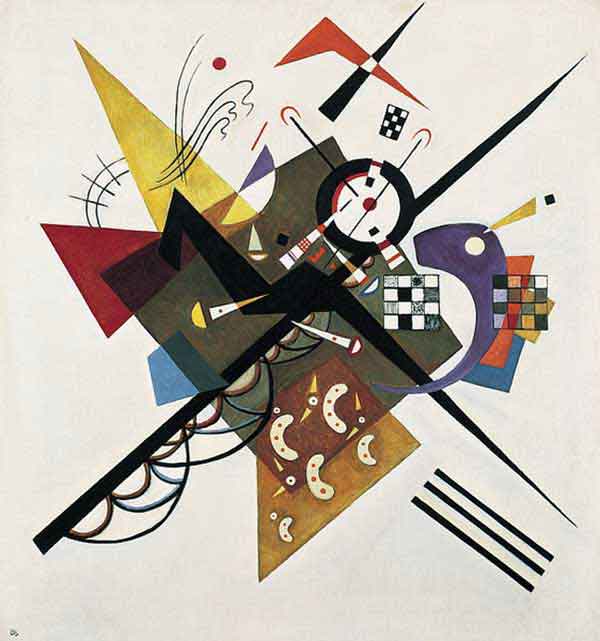
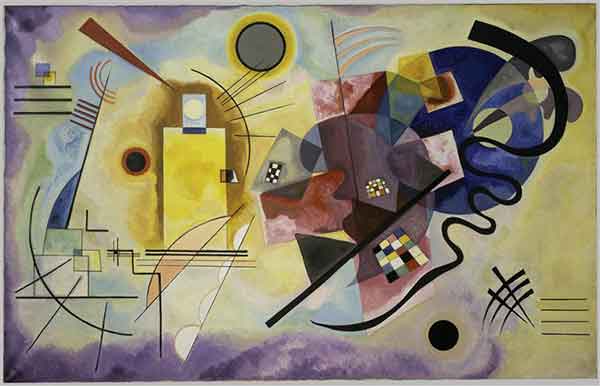
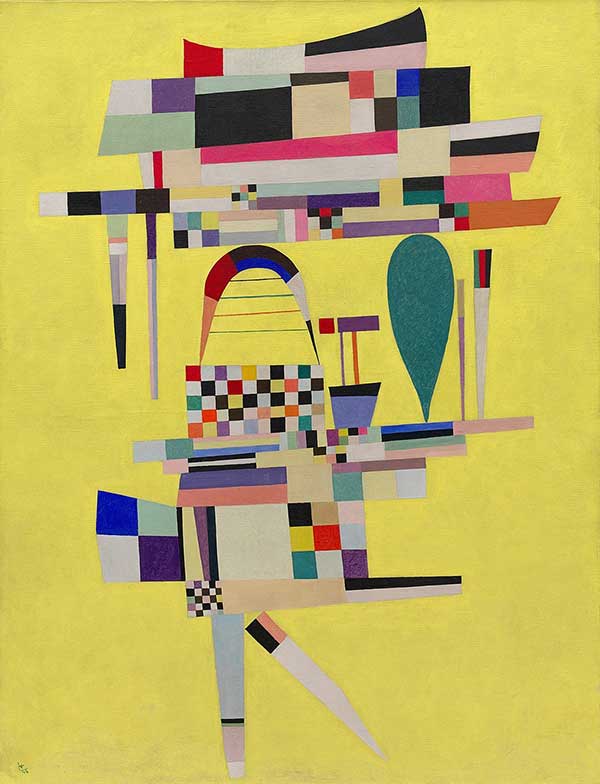
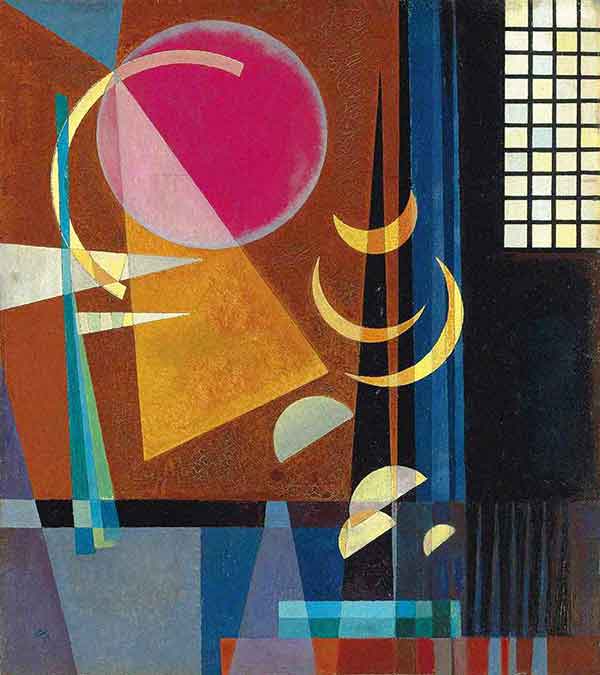
- Category: Modern Art Styles In Painting
Vintage
Vintage
Ornamental
